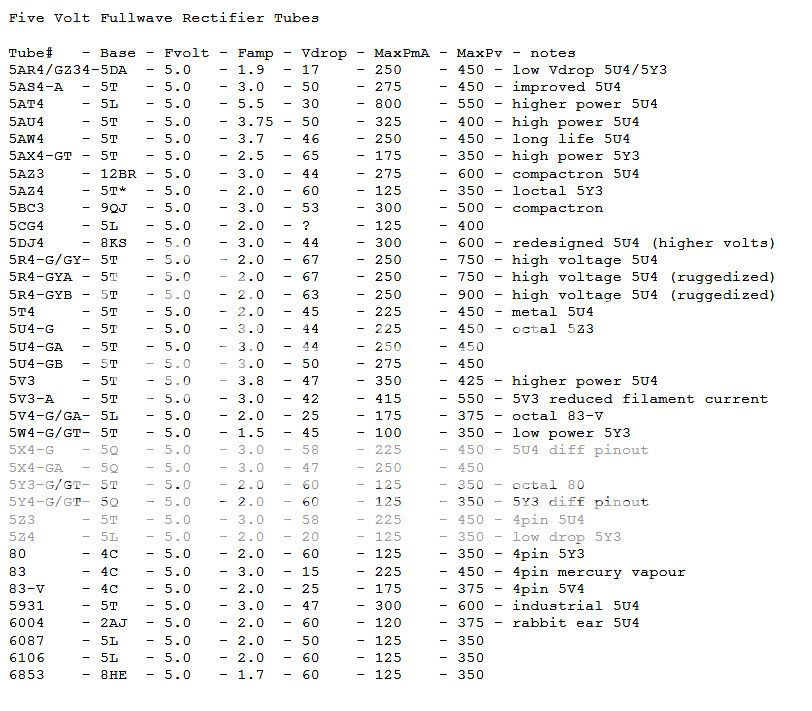I recently had some problems with my ST120 after flawless operation for about a year. Bob Latino spent a fair amount of time with me on the phone and emailing to help me troubleshoot and get my amp running again. Thanks again Bob.
I was using new Genelex Gold Lion KT88's. After a year and about 1000 hours of operation, the tube nearest the rectifier arced internally. This burned out one of the resistors in my Weber WZ68 rectifier and also the 10 ohm 2 watt cathode resistor on that tube.
This experience and subsequent troubleshooting with Bob's help got me thinking, and I wanted to run a couple ideas by the group.
First, why the back left tube? An unscientific study of this site and a couple others makes me think that the back left tube tends to fail more often than the others. If you look at a photo that Bob posted where he measured temperatures at each point in the ST120, you can see that the back tubes run significantly hotter than the front tubes due to (I assume) less airflow caused by their proximity to the transformers. In addition, the back left tube runs hotter than the back right. So, my first thought is, wouldn't it be a good idea to rotate the tubes on a periodic basis just as we rotate the tires on our cars?
Second, I am wondering if the back left tube is under more thermal stress due to its proximity to the rectifier, which is also putting out heat. Many of us have gone to the Weber WZ68 to take advantage of its better current capability and reliability. But that thing still runs pretty darn hot. Most of that heat is being generated by two 18 ohm wire wound resistors that are in series with the output B+ connection. The purpose of those two resistors is to emulate the "sag" of a tube rectifier. Apparently that's important in guitar amplifiers, but what is it buying us in this application? Conveniently, Weber makes the WS1, which I believe is the same thing without the sag resistors. It still has the thermistor to reduce inrush current.
Third, in the process of troubleshooting my amplifier, I burned out two additional rectifier tubes (fortunately they weren't NOS Mullards!) If you search this and other forums, you might get the impression that Dyanaco style amps are responsible for the relative scarcity of NOS 5AR4's today. In essence we're using them as fuses. Even the Copper Caps are being gone through on a regular basis. So, my next question is why we don't use a proper fuse on the B+ line? The main 5 amp fuse may or may not blow before the rectifier. Wouldn't it make sense to have (for example) a 500 mA fuse to protect the rectifier?
Thanks,
Dan




